The pupa is an inactive insect stage, lacking the ability to defend and escape from enemies. Therefore, mature larvae usually need to find appropriate hiding places before pupating, such as under the bark, in the cracks of masonry, in the soil, in rolled leaves, in tunnels, etc. Some of them need to construct special protection.
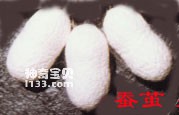
Silk cocoon
Many larvae of Neuroptera, Lepidoptera moths and Hymenoptera spin silk cocoons before pupating. Some types of cocoons are made purely of silk, such as those of the family Silica. Some species use soil particles, food scraps, body hair, excrement, etc. to make cocoons.
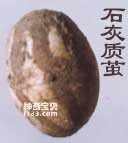
Shell cocoon
The cocoon of the thorn moth is different from the cocoons of other moths. It is not made of silk, but of lime. It has a smooth appearance, much like a sparrow egg. It is difficult for ordinary people to imagine that it is a cocoon of a moth.

net cocoon
The cocoons of some species of the Great Silkworm family are very cleverly woven, like a small and exquisite net bag, which is placed outside the pupa, which is very interesting.
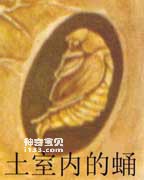
pupa chamber
Insects that pupate in the soil often secrete mucus, which is mixed with soil particles to build an earth chamber with smooth inner walls, that is, a pupa chamber. This is common among beetles, sawflies and some moths. The pupa chamber of some beetles is very strong, like an egg, such as the chafer's pupa chamber.
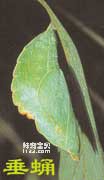
pupa
Most butterfly pupae have no special protection. They are often hooked with their tail ends on a small silk mat made by the larvae, and hang upside down with their heads downward. This kind of pupa is called a hanging pupa or a hanging pupa. Chrysalis often overwinter as bare pupae. They have extremely strong cold resistance. Most chrysalis have protective colors similar to their backgrounds.

With pupa
Other butterflies hook their tail end on a small piece of silk mat made by the larvae, and wrap the pupa with a thin thread from the head upward to maintain it on the object. This type of pupa is called a pupa or a constricted pupa.
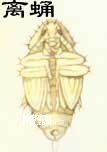
From pupa
The wings and legs of the pupa are not attached to the body and can move. At the same time, the abdominal segments can also move freely. The pupae of Neuroptera, Coleoptera, Mecoptera, Trichoptera, and Hymenoptera are all free pupae.
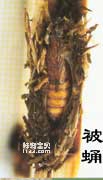
Being pupa
The tentacles, wings and feet of the pupa are glued to the body and cannot move, and most or all of the abdominal segments cannot move freely. The pupae of some species of Lepidoptera and Diptera are pupae.

pupae
The skin taken off by the 3rd instar larvae of the Diptera Cycloptera suborder hardens into a pupa shell, in which the 4th instar larvae becomes a pre-pupa that cannot eat. The propupa sheds its skin again to become a pupa, and the shed skin is attached to the skin of the third instar larvae. It can be seen that the so-called surrounding pupa is still separated from the pupa as far as the pupa body is concerned, but the pupa is surrounded by a pupa shell composed of the skins shed by the third and fourth instar larvae.
animal tags:
We created this article in conjunction with AI technology, then made sure it was fact-checked and edited by a Animals Top editor.